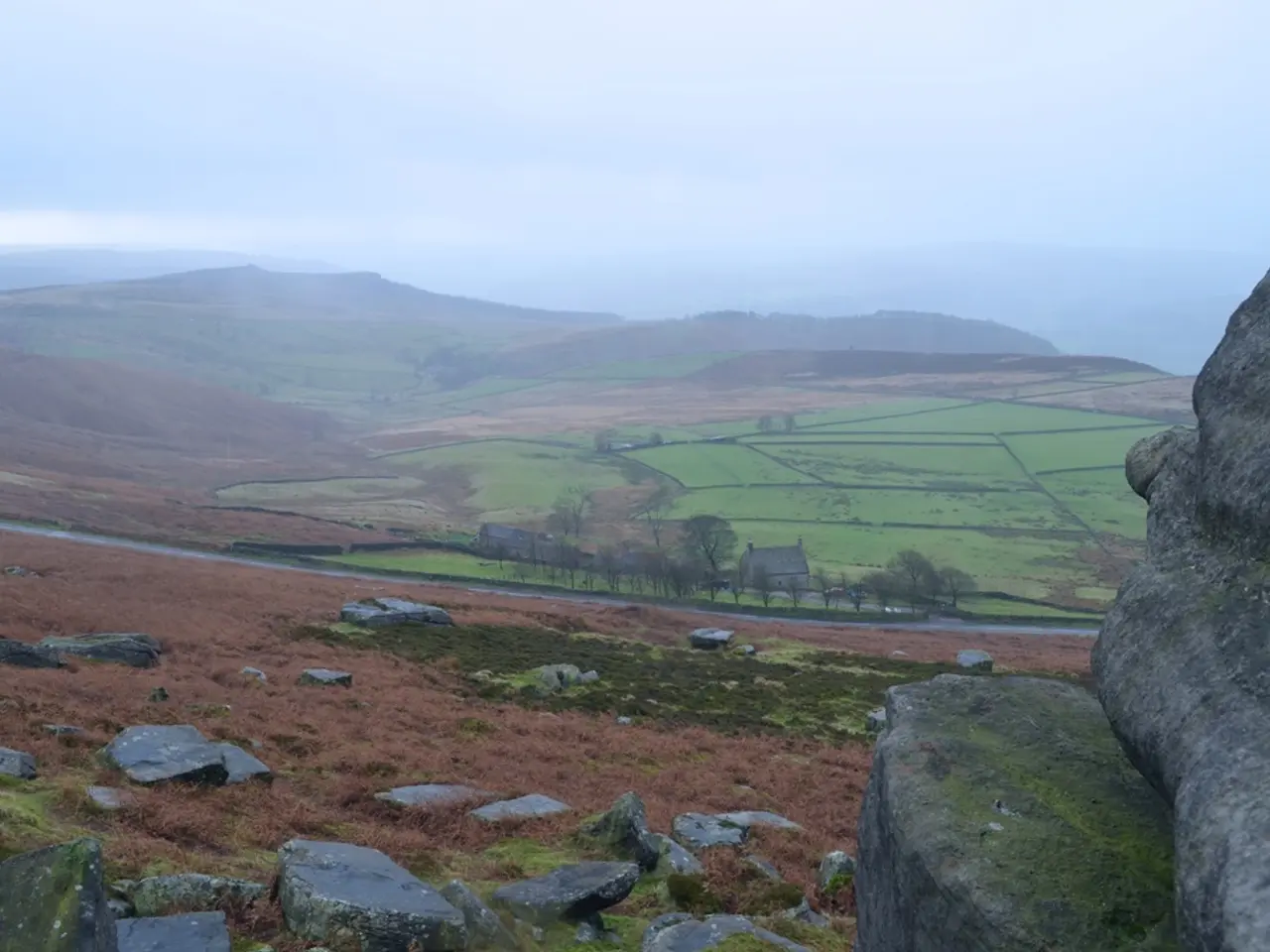Indigenous Farming Techniques and Legal Structures: A Symbiotic Relationship
Indigenous agricultural practices, deeply rooted in centuries of cultural, spiritual, and ecological knowledge, play a crucial role in sustainable development and natural resource management. However, the relationship between these practices and contemporary legal systems is complex and often overlooked.
Climate change legislation, for instance, often excludes Indigenous voices, resulting in a lack of representation in decision-making processes. This oversight can lead to policies that impose restrictions on indigenous farming activities, while failing to safeguard traditional methods.
Conservation laws, too, sometimes overlook traditional land use practices, leading to conflicts and the marginalization of vital traditional knowledge. The Maori in New Zealand, with their communal land system that supports crop diversity and maintains ecological balance, offer a counterexample of how legal recognition and ownership of land by indigenous communities can play a crucial role in preserving indigenous agriculture.
Indigenous agricultural techniques, such as crop rotation, intercropping, terracing, and agroforestry, promote sustainability and biodiversity while effectively managing land and resources. These practices, developed over millennia among various Indigenous communities worldwide, foster a profound respect for land and resources.
Strengthening land rights can enhance indigenous agricultural practices, ensuring sustainable use of historical knowledge. Legal frameworks can better incorporate and protect Indigenous agricultural practices by recognizing and enforcing Indigenous land rights with genuine government support, integrating traditional ecological knowledge into policy and education, and ensuring participatory, inclusive decision-making processes that respect Indigenous autonomy and Free, Prior, and Informed Consent (FPIC).
Policy recommendations to support Indigenous agricultural practices include incorporating Indigenous knowledge within farming practices, investing in training programs, establishing collaborative frameworks, and addressing land rights issues through legal reforms. By doing so, we can foster a partnership that respects the knowledge and practices of Indigenous peoples, contributing to sustainable agricultural systems and preserving cultural heritage.
Incorporating Indigenous knowledge systems into resource management and environmental policies is another key approach. This can be achieved by combining traditional practices with scientific approaches, as demonstrated by Guatemala's Indigenous communities who use technology like GPS mapping and develop educational programs blending Indigenous knowledge with formal science to empower sustainable resource management and cultural transmission.
Developing legislative reforms that explicitly recognize Indigenous self-determination and secure land tenure is also essential. This would enable Indigenous-led conservation projects with international support and funding, fostering partnerships between Indigenous peoples and governments for inclusive governance.
Lastly, ethical safeguards and policy support are necessary to protect Indigenous traditional knowledge from misappropriation and erosion amid globalization and industrialization pressures. This includes local capacity-building and protecting Indigenous cultural heritage linked to agricultural methods.
By implementing these key approaches, we can create a framework where Indigenous agricultural practices are respected as integral to sustainable development, natural resource stewardship, and the preservation of Indigenous cultures. This partnership not only benefits the Indigenous communities but also contributes to a more sustainable and equitable future for all.
References:
[1] "Indigenous peoples' rights to their lands essential for Amazon's future" (UN News, 2021) [2] "Indigenous Peoples' Solutions for Climate Change" (United Nations Development Programme, 2020) [3] "Indigenous Peoples' Rights to Their Traditional Knowledge" (United Nations Permanent Forum on Indigenous Issues, 2019) [4] "The Role of Indigenous Knowledge in Sustainable Development" (International Institute for Sustainable Development, 2018) [5] "Indigenous Peoples' Rights to Free, Prior and Informed Consent" (United Nations Declaration on the Rights of Indigenous Peoples, 2007)
- Strengthening the legal recognition and ownership of indigenous lands can help safeguard intellectual property related to environmental-science, such as traditional agricultural practices, by providing a foundation for the protection and commercialization of indigenous innovations.
- Integrating educational and self-development programs that focus on environmental law and environmental-science can help indigenous communities better understand and advocate for their rights regarding the preservation and sustainable use of their intellectual property in farming and natural resource management.




